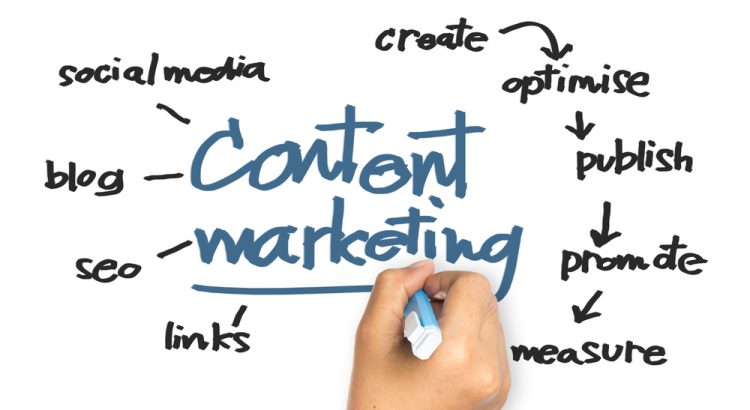Content marketing is on the rise. Whether it is to stand out from the competition, attract more traffic or generate more leads, many marketers are leading a content strategy on social media. But how can we ensure the relevance of our actions? How to measure the Return on Investment (ROI) of our content marketing?
Return on Investment is not just in relation to income generated
Web marketing consultants are regularly confronted with the same (obviously understandable) question from advertisers: how soon will I be able to earn income from your shares? From when will content marketing bring me money? This is a very big mistake! The ROI for a content strategy is not just about the revenue it generates. You need to have some Key Performance Indicators (KPIs) to measure your ROI.
Since the ROI of content marketing is not just about the revenue it generates, you’ll have to determine other indicators. To determine its KPIs, there are two key elements to consider:
- The objectives of its content marketing
- The message
Specific objectives for a relevant ROI
It is impossible to carry out a content strategy without precisely determining its objectives. Why do you want to create content? What do you expect? If your answer here is “Money”, you are making a mistake!
Your content can have an impact on your entire business: marketing and sales naturally, the general management, but also human resources or accounting.
Your goals may be, for example, to increase traffic to your website, thereby improving your visibility, or improving your brand image and reputation.
Has your message gone through?
Let’s not forget the primary function of content: getting a message across. Before you set yourself body and soul into content marketing, you have worked on the message (s) you want to get through. So why not integrate this work to the extent of your return on investment?
If your message has been accepted, you have reached your goal. So yes, your message can be “Buy! Go buy it! “… But not only!
A need to determine your KPIs
Now that you have answered some basic questions, you are able to determine the performance indicators to follow to accurately measure the ROI of your content marketing. Concretely, the KPIs of your content strategy can be grouped into 3 categories: visibility, resonance and the relationship established.
Measure according to visibility
These indicators are the most obvious to define and follow. They actually come back to defining who has read your content.
To measure the visibility of your content, you just have to analyze the traffic on the website concerned and its origin, including social networks (the reach) like number of visits, sources of these visits, and number of clicks on social networks.
Measure in relation to resonance
This is to analyze the resonance generated by your content, in other words, the echo it has had on social media. It includes number of shares: Retweet for Twitter, Repin for Pinterest or sharing for Facebook; number of I like, like, favorites, 1 and number of mentions on social networks, forums, and blogs.
Measure in regards to relationship created
These KPIs are very interesting but also more complex to analyze. The point here is actually to determine all the indicators to measure the interest in your brand/product generated by your content.
Concretely here, it is about studying the leads generated by your content marketing. In this process, we talk about Inbound Marketing.
Inbound Marketing is a strategy of attracting traffic, loyalty to generate new hot prospects that will then be converted into a customer. Content is the core of Inbound Marketing.
Always bear in mind…
The KPIs here are the marks of interest more or less strong for your brand / product: number of members in your communities: Facebook fans, Twitter subscribers …; number of comments generated by your content; the bounce rate; the rate of returning visitors (those who visit you more than once); and the number of pages per visit.
By analyzing these different indicators, you will gather a significant amount of information enabling you to improve your content marketing. One of the advantages of digital communication is to be able to analyse the relevance of its actions in real time. Do not be afraid! Constantly analyse the return of your actions and bring to your content strategy all the modifications necessary for its optimisation.
Related articles published in Content Marketing News :
- Columbia: Investment in marketing and digital advertising is booming
- Understanding the differences between content curation and content creation
- Six tools to adopt to become a successful businessman
- Using Instagram videos as a powerful booster for your business
Image: Shutterstock

